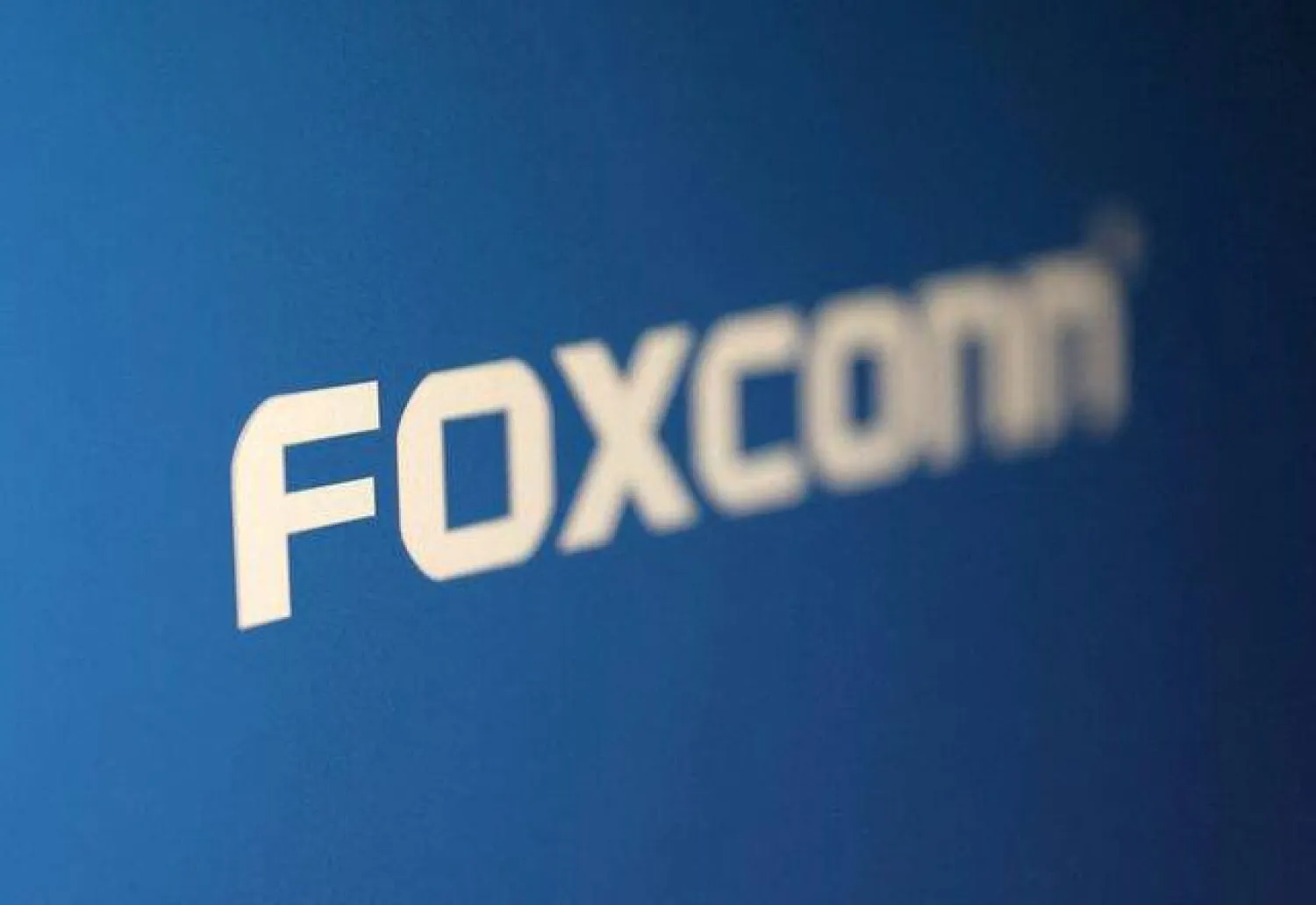J. D. Biersdorfer
If you have a story you want to share, you can easily publish your work in popular electronic bookstores — and maybe even make a little money.
Apple’s Pages app for Mac, iOS, and iCloud provides all the tools needed to write, design, and publish an e-book to its Apple Books store.
Have you ever dreamed of publishing your own e-book and making it big — like the best-selling authors Colleen Hoover and Andy Weir? Not everyone has such success, but plenty of writers have found an audience online with platforms, like Amazon Kindle Publishing and Barnes & Noble Press, that allow authors to freely upload their books and sell them. While you may not get as much exposure by skipping traditional publishing methods and releasing your book yourself, you do retain more control over your work and royalties, which can be up to 70 percent of the sale price. If you’re inspired, here’s a basic overview of the process.
Prepare Your Manuscript
You don’t need special software to write a book — pretty much any modern word-processing program will do — although some people find apps for organizing plots and characters useful. However, your text should be as mistake-free as possible, so take full advantage of any and all proofing tools you have. Apple’s Pages, Google Docs, Microsoft Word, Zoho Writer and several other programs include spelling and grammar aids in their desktop editions; options may be more limited on mobile devices.
Some programs have add-ons that use artificial intelligence to analyze and suggest improvements to your writing; Zoho’s free Zia assistant and Microsoft’s new $30-a-month Copilot tool for its Office suite are two examples. Third-party A.I.-powered apps like Grammarly and ProWritingAid have free basic editions with the option to level up for additional help for $10 to $12 a month.
Grammarly is among the programs that use artificial intelligence to analyze and make suggestions for improving your writing.
If you’d rather have a human advising you (and you have the budget for it), hiring a professional editor can also help improve your book.
Design Your Book Cover
Even with a snappy title, a book cover with plain text on a plain background will probably get lost in a busy e-bookstore. Get readers to notice your work among the rows of competing books before they can even judge it.
Check your word-processing software to see if it includes book-cover templates. Design sites like Canva or Snappa also offer free or inexpensive options. Browsing design sites or store shelves to see which covers stand out can give you ideas.
If you go the D.I.Y. route, keep a few things in mind. First, do not use someone else’s copyrighted photos, illustrations, or graphics without permission. If you use your own images, remember that e-book covers are tiny in online stores — so make the cover legible. The file size requirements will vary based on the e-book publisher(s) you choose to distribute your book, so keep the design flexible enough that you can adjust it as needed.
As with hiring an editor, hiring a graphic designer to create a cover is an option.
Pick a Publisher
When you have your text and art finished, choose an e-book publishing platform. Unless you agree to an exclusive deal with one publisher, you can upload your book to multiple e-bookstores, but programs like Amazon’s KDP Select require 90 days of Kindle-only distribution in exchange for special promotions.
E-book publisher and bookstore sites include Amazon’s Kindle Direct Publishing, Apple Books for Authors, Barnes & Noble Press, the Books Partner Center for Google Play Books, and Rakuten’s Kobo Writing Life. (Many also can create printed books — but for a price.)
The New York Times









